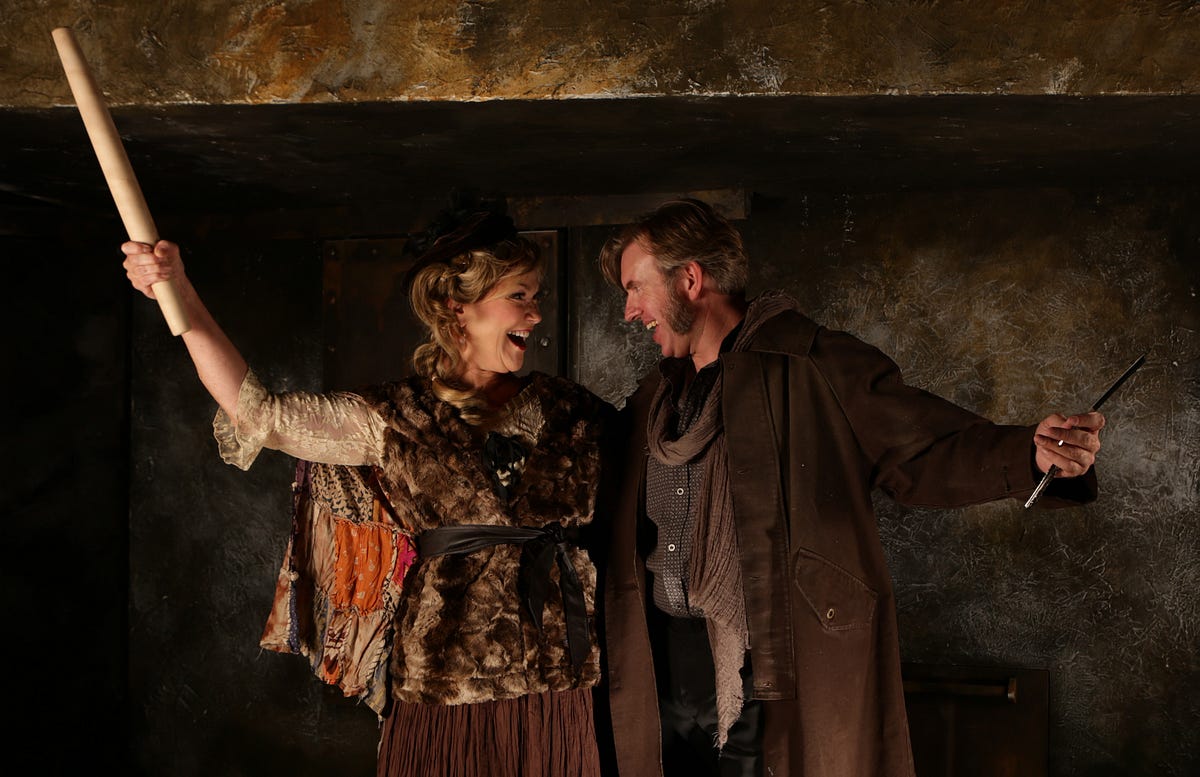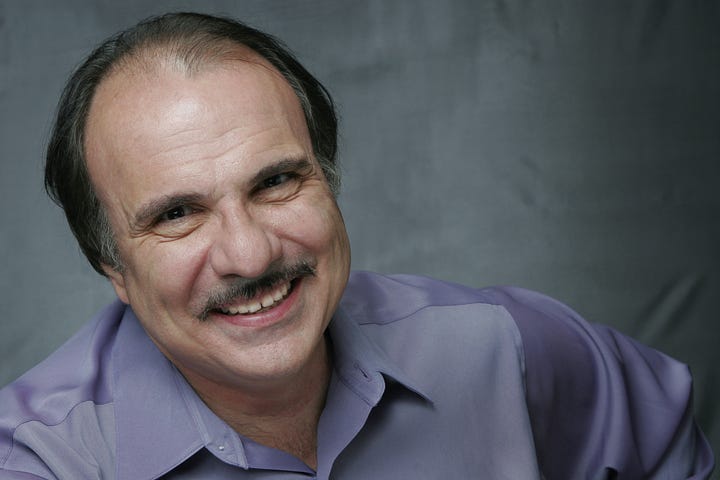No One is Alone: Empathy and understanding in Sondheim
by Katharine Mayk, Artistic Assistant

You don’t have to be an assassin, a witch, or a murderous barber to understand one.
Stephen Sondheim revolutionized the the American musical by using rich characters with identifiable emotions as the driving force of the story in each of his shows. Sondheim’s use of intriguing music and lyric, memorable characters, and stories with heart has kept his audience rapt for decades. Sondheim on Sondheimgives us the favorite melodies we love while adding a treat of hearing the thought process behind their conception through the actual words of Sondheim.
Musicals transport us.
There is nothing like a story of romance backed up by great dance numbers, singers with soul, and toe-tapping music. The change in the way these songs have been written has shifted over the years marks the evolution of the musical form. Writers like Sondheim, Rodgers and Hammerstein, and Jerome Kern each shook up how a composer writes a song. No longer merely expositional, or simply supporting a spontaneous dance number, lyrics became a means to greater understanding and empathy.
These composers revamped musicals by rooting them in a stronger dramatic tradition, or “theatre that sings,” as Producing Artistic Director and director of Sondheim on Sondheim, Spiro Veloudos, refers to it. “No longer did we walk out of the theatre just humming the songs but we were also thinking about what we just saw,” he says.
Sondheim has a very cerebral way of writing lyrics. He said in an interview,

“Lyrics go with music. Music is the richest of the arts because it is so abstract…It is always a juggling act to get the lyric just rich enough, just full of idea enough, and just full of surprises enough and just full of images enough.”
It is through the richness of those lyrics that Sondheim weaves stories and characters that audiences identify with. Sondheim uses broad archetypes when shaping the outward trappings of his characters but it is the emotions they experience that make them relatable.
Jealousy, revenge, love, desire are all emotions we can identify with even if we aren’t the demon barber of Fleet Street.
Sondheim asserted that his mentor and surrogate father, Oscar Hammerstein,

“ [Oscar Hammerstein] believed that songs should be like one-act plays, that they should have a beginning, a middle, and an end. They should set up a situation, have a development, and then a conclusion . . . exactly like a classically constructed play.”
The key of any well-constructed play is well-developed characters that draw an audience in.
In Sondheim on Sondheim we are introduced to a bevy of characters from 19 Sondheim shows. Veloudos declares in an interview,

“I am thrilled to do Sondheim on Sondheim because of its structure. Listening to Sondheim talk about his work and then [hearing] it through the voices of eight incredibly talented actors is certainly entertaining. His music is challenging.”
Sondheim on Sondheim uses story and the characters from the Sondheim canon in juxtaposition with one another. “Sondheim on Sondheim has a unique structure even though it’s a musical review,” explains Veloudos. “It’s not the ’and then he wrote’ format of most reviews. Here he turns to us (through video and film) and TELLS US why he wrote something and why it’s still relevant.”
Throughout the production the audience is privy to Sondheim’s inner thoughts on his work.
For example at one moment inthe show, he talks about the difficulty of writing love songs and specifically “torch songs,” in which the singer grieves an unrequited or lost love. What follows are tandem performances of “Losing my Mind” from Follies and “Not a Day Goes By” from Merrily We Roll Along.
We hear a conversation between the pieces — two women’s stories about a love that consumes them. The character Sally sings about an unrequited love and being trapped by the hope of what could have been. The other character, Beth, mourns the loss of her marriage. Sondheim illustrates here that a torch song is often about being haunted.
While the two characters are singing about a similar emotional state, their stories are incredibly different. One song builds and burns with rage and intensity; the other is slow and melancholy sung by a woman who will always be dogged by the memory of her loss. Sondheim on Sondheim puts these two songs next to each other to illustrate that although dealing with a similar emotion the characters’ different takes on the song is what makes Sondheim’s work so distinct each time. This type of song still resonates with audiences and listeners as evidenced by Adele’s newest chart-climbing hit, “Hello.” We can all relate to a love that we’ve lost.
The common thread throughout Sondheim on Sondheim is the range of emotions and the characters grapple with.
Veloudos explains, the themes “become leitmotifs: time, relationship, regret, moving on,[etc.]”. This show revolves around the idea of exploring connections between characters, what they want, and how they express that through song in Sondheim show. The Lyric Stage’s unique space enhances the feeling of intimacy both in proximity to actors and the way in which the show delves into Sondheim’s innermost thoughts.
Bobby, a character from Company (a show that will open the Lyric Stage’s 2016–2017 season), comes to discover, “… alone is alone, not alive.”
Like Bobby, and so many of Sondheim’s characters, we long for affinity.
Sitting together in a darkened theatre, at its best, should provoke us to think about ourselves and those sharing that space and moment with us. As each new song in Sondheim on Sondheim unfolds, we perhaps recognize ourselves and our own desires onstage, echoed in beautiful song.
Sondheim on Sondheim plays January 15 — February 20, 2016 at the Lyric Stage Company of Boston. Get your tickets: https://tickets.lyricstage.com/
Katharine Mayk is an Artistic Assistant at the Lyric Stage and is pursuing her Masters in Theatre Education at Emerson College.
Additional Sources:
The Paris Review, by James Lipton. “Stephen Sondheim, The Art of the Musical.”
PBS News Hour. “Interviewer Jeffrey Brown talks to master lyricist Stephen Sondheim about his new book, “Finishing the Hat”. ” December 8, 2010.

